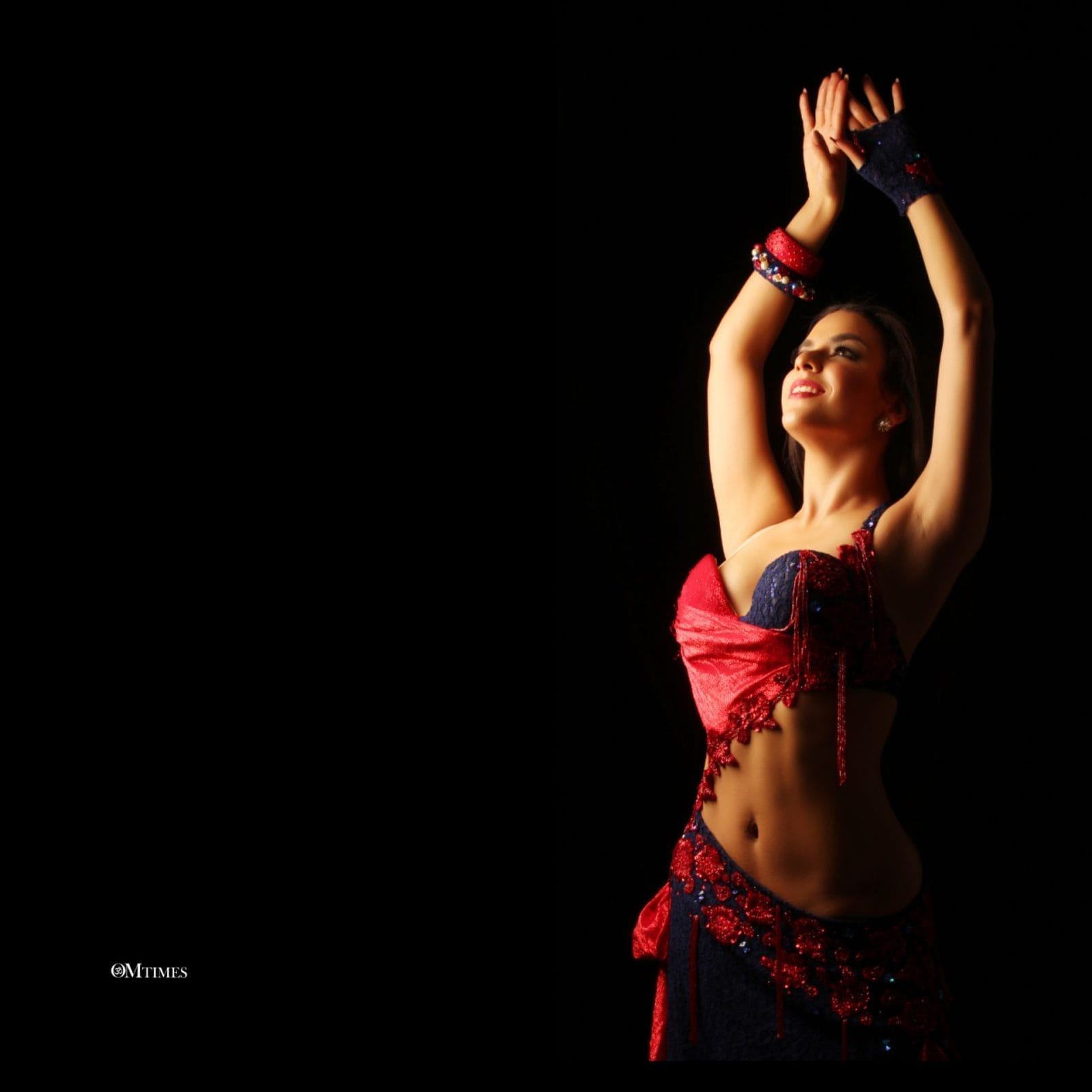Dance has been used for centuries as a form of expression, cultural celebration, and entertainment. However, it is not just limited to these domains; dance can also be a powerful tool for physical, mental, and spiritual healing.
Dance therapy, also known as movement therapy, is an innovative approach that combines dance and psychotherapy techniques to promote recovery, personal growth, and overall well-being. In this article, we will explore how dance can be used in recovery therapy for the mind and body, and provide examples of movement techniques that anyone can apply to recover their missing spiritual aspects.
Dance for Mind and Body Recovery
Why dance? When we undergo physical trauma, the damage is not confined to a particular part of the body. Its effects reach deep into our psyche and, if severe enough, can also wound our spiritual empowerment.
When we undergo emotional trauma, it is often enough to undermine our self-confidence as well as our belief in ourselves, when emotional injury hammers away at our mental health, the underlying spirit can also take a beating.
Recovery Levels of Dance
Dance is a powerful tool to encourage recovery on several levels
Emotional Release
Dance provides a safe and non-verbal outlet for emotions, enabling individuals to release pent-up feelings and traumas. Through movement and rhythm, dance therapy helps in relieving stress, anxiety, and depression. By engaging the body and mind, dance allows individuals to tap into their internal emotions, leading to a greater sense of self-awareness and emotional healing.
Body Awareness and Acceptance
Recovery often involves reconnecting with the body and establishing a healthy relationship with it. Dance therapy focuses on promoting body awareness, allowing individuals to gain a deeper understanding of their physical sensations, limitations, and strengths. Through movement, individuals can appreciate and accept their bodies, fostering a positive body image and self-esteem.
Enhancing Self-Expression
Dance is a language of its own, enabling individuals to express themselves when words fall short. In recovery, dance therapy helps individuals explore their creativity and tap into their inner voice. By using movement as a means of self-expression, individuals can gain deeper insights into their thoughts, emotions, and desires, facilitating personal growth and self-discovery.
Developing Communication Skills
Dance therapy involves both solo and group activities that promote communication and social interaction. Through dance, individuals learn non-verbal communication skills, such as body language and listening through movements.
These foster improved relationships, empathy, and the ability to connect with others on a deeper level, essential in the recovery process.
Promoting Mind-Body Connection
Dance as therapy emphasizes the integration of mind and body, recognizing their interdependence in the healing process. The movements and exercises used in dance help individuals develop a stronger mind-body connection, leading to better self-regulation, stress reduction, and an overall sense of balance.
Movements for Mind, Body, and Spirit Recovery
You do not have to be a professional dancer in order to take advantage of the awesome power of movement. You do not even have to be an athlete or a coordinated gym enthusiast to enjoy these incredible healing techniques. Remember, music is a great motivator, as well as a ruthless instigator. Your mind and body will find solace in music you enjoy listening to. Put some of your favorite music on and see what happens. Try this:
Grounding Exercise
Stand with your feet hip-width apart. Take a deep breath in, and as you exhale, slowly shift your weight onto one foot. Feel the connection between your foot and the ground. Begin to sway gently from side to side, feeling rooted in the earth. This exercise helps center the mind, connecting with the body and grounding in the present moment.
Flowing Movements
Stand with your feet shoulder-width apart. Begin by raising your arms above your head as you inhale, and as you exhale, slowly lower them while bending your knees into a squat position. You can stay rooted in the stance or start moving your feet from side to side. Flow with the rhythm, allowing your body to move freely. Let your arms flow in any direction that simply feels natural. This movement encourages fluidity and responsiveness and helps release physical tension.
Spiraling and Twisting
Stand tall with your arms extended to the sides. Begin to rotate your upper body in one direction while keeping your feet and lower body stationary. Dance with the spiraling motion, gradually increasing the speed. This movement encourages the release of stagnant energy, enhances flexibility, and stimulates the flow of vital energy throughout the body. Start moving your feet with the same spiraling and twisting motions.
Expressive Improvisation
Find a spacious area and play some music that resonates with your emotions. Close your eyes, and let the music guide your movements. Allow your body to express your feelings freely, without judgment. This improvisation exercise promotes emotional release, self-exploration, and the integration of mind, body, and soul.
Guided Meditation Dance
Choose a calming piece of music and sit comfortably, closing your eyes. Visualize a tranquil natural setting, such as a flowing river or a serene meadow. As the music plays, imagine yourself moving gracefully and effortlessly within this setting, mirroring the sounds and rhythms you hear. Use your arms to express the highs and lows in the music. If you are compelled to move your feet, I encourage you to go with the flow. This guided meditation dance helps to achieve inner peace, harmony, and a sense of oneness with the surroundings.
Incorporating dance techniques into recovery therapy can provide a holistic approach to healing, addressing the physical, emotional, mental, and spiritual aspects of an individual. Whether through expressive movements, grounding exercises, or guided meditations, dance as therapy offers a unique and powerful tool to recover missing spiritual aspects and nurture overall well-being. So, why not put on some music, let your body flow, and dance your way towards a brighter and more fulfilling recovery journey?
You will also enjoy Andrew Pacholyk: Spiritual Journey through Life’s Seasons
Click HERE to Connect with your Daily Horoscope on OMTimes!
Visit Our Astrology Store for Personalized Reports
About the Author
Connect with Andrew Pacholyk MS L.Ac at peacefulmind.com “Living Life, Consciously” Alternative medicine and therapies for healing mind, body & spirit!
OMTimes is the premier Spiritually Conscious Magazine. Follow Us On Facebook, Twitter, Instagram, Linkedin, Pinterest, and Youtube
Andrew Pacholyk, MS, L.Ac. has been in the alternative health field for over 18 years. He is an expert in treating infertility and gynecology, pain management and anti-aging therapies. His knowledge, expertise and clinical training has offered him the ability to experience and continually learn about the body and its energy system in health as well as in disease.







